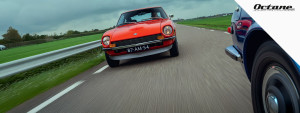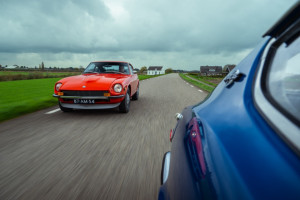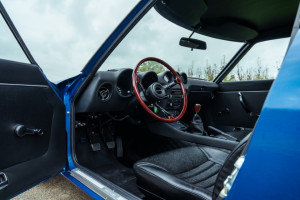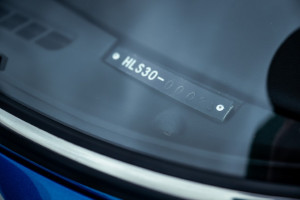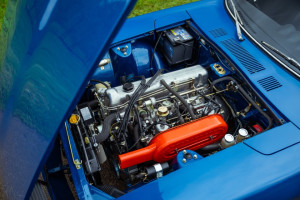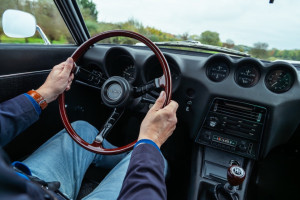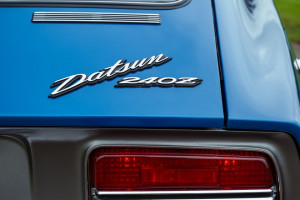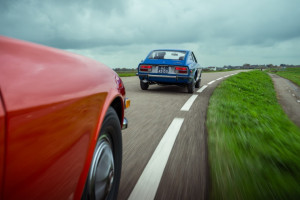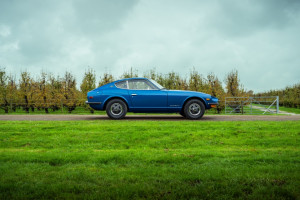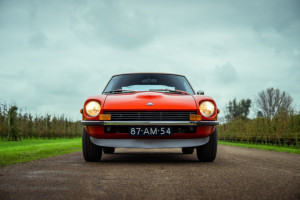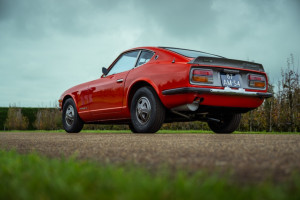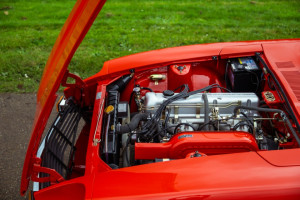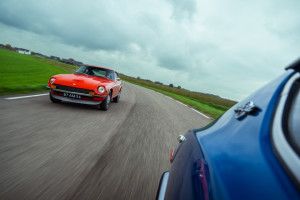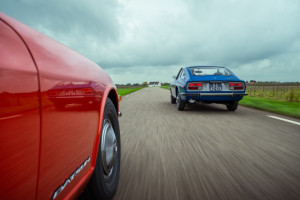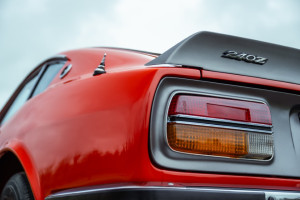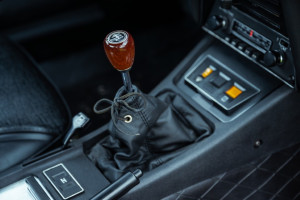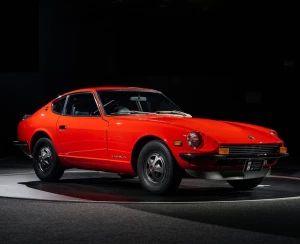After the opening of S30.World and talks with Takeo Miyazaki, a man who was at the cradle of the 240Z, we seized the opportunity to put two early, optimally restored Zs to the test.
The S30, as the Datsun 240Z was referred to internally at the Nissan Motor Company, is not Japan's first sports car. It was preceded by the Toyota 2000 GT, Mazda Cosmo and Honda S800, and it is certainly not Nissan's first attempt to enter the market with a sports car. The company was already active in the 1950s with sporty open cars – the SP211 and 212 – but the car that is seen as Nissan's first real sports car is the SP310 (Fairlady 1500), which made its debut earlier than the MGB. However, the Datsun would soon be lapping its British competitor with its 2-liter engine and 135 hp.
In 1969, the car that plays a leading role in this edition followed, the Datsun 240Z, which needed little time to conquer the world. It was primarily intended to gain a large market share in the USA, which it did with verve thanks to its six-cylinder engine, sexy appearance and low price.

